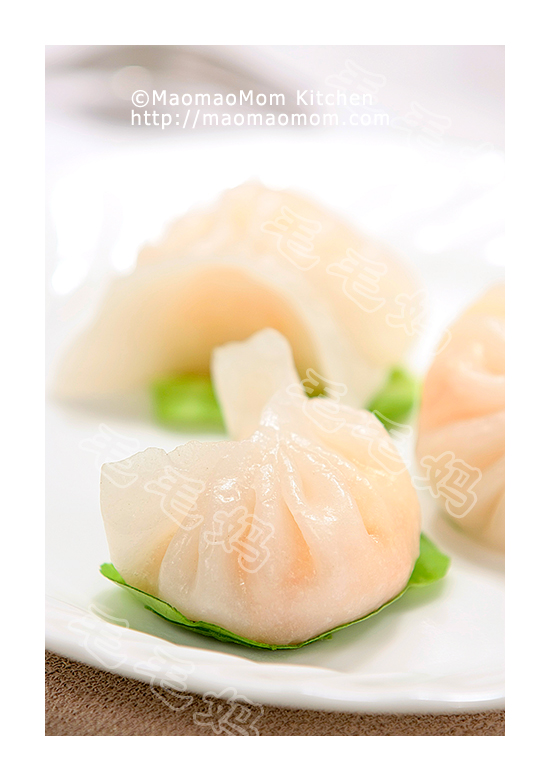毛毛上了六年级后,作业明显增多,这是他的Science Project,爸爸只帮他改了几处语法错误。
The Golden Poison Dart Frog
作者:毛毛, 2007
The golden poison dart frog has many adaptations to help it survive in its home in the rainforest of Central and South America. Its main adaptation is the batrachotoxins the skin secretes. Batrachotoxin is a type of poison that is very rare. It is only found in certain poison dart frogs, and two types of birds. The batrachotoxins works by blocking nerve signal transmission to the muscles. Thus stopping the heart and breathing and killing the animal. The lethal dose of the golden dart frog’s batrachotoxin for a 150 pound person is about two fine grains of salt. Although other poison dart frogs secrete batrachotoxins, the dart frogs of the genus Phyllobates have super-deadly batrachotoxin. The golden dart frog does not produce batrachotoxins on its own. The dart frog has to consume alkaloid rich food. Then it steals the alkaloids and produces the poison. As you can see this poison is very powerful and is an extremally vital adaptation to the survival of the dart frog.
The second adaptation is its bright yellow colour. This sends a message to the predators that says “I am toxic! Do no eat me!” It is beneficial to the frogs to warn the predators because even if the predators are killed by the poison, the dart frog will be dead as well, meaning that there is one less dart frog and one less frog to mate and produce offspring. Some frogs imitate the colouring the golden dart frog and other dart frogs in general, so the predators do no know which is actually poisonous. The predator knows that if it makes the wrong choice it will die, so it avoids eating these frogs. This adaptation raises a warning flag to predators and is very affective. This adaptation does its job well and I think it is a great adaptation.
The third and last adaptation is the dart frog’s suction cups on toes. They are like the ones on octopus tentacles except they are used in different ways. The octopus uses its suction cups to help move around on the sea floor and to help catch prey. The dart frog uses its suction cups to cling on to rocks, trees and leaves when the dart frog jumps from one place to another. I think this is a very neat adaptation and it enables the dart frog to hang on slippery surfaces in the rainforest.
Here are the adaptations that I have thought of that will help the golden dart frog. The first adaptation is spines on the dart frog’s back. The spines are about 1.5 cm long. The spines are hollow, just like a porcupine’s, and secrete the same poison as the dart frog’s skin. These spines could provide a defence against the Leimadophis epinephelus. During the mating season these spines fall off because they would get in the way of the elaborate mating rituals the frogs perform before mating. Also the females need to carry the young tadpoles on her back. Just like a porcupine, the dart frog can not shoot its spines. Although the dart frog’s poison is effective against almost every possible predator, the spines will still help.
The second adaptation is stronger leg muscles. This adaptation will help the dart frog jump from tree to tree. It will also help them catch more insects and get away from its only predator the Leimadophis epinephelus. The stronger leg muscles will make up for the extra weight of the spines and the small sac used to carry the foul-smelling liquid. To fuel these strong muscles the dart frog must eat more insects, but there are thousands of thousands of insects in the rainforests of South and Central America. So there would not a big disruption in the food chain. This is not an essential adaptation but it still helps the dart frog.
The third and final adaptation is a pore near the dart frog’s eye. It sprays a liquid made up partially of sulphur compounds just like a skunk’s spray. These sulphur compounds stick to almost anything and that’s why it’s so hard to get the smell off. Trying to use water to wash it off just makes the smell worse. The dart frog can spray about two to three times before running out of stench. It takes about a few days to refuel the dart frog’s glands. With this adaptation it can drive off the Leimadophis epinephelus and other potential predators. It can also be used to mark a male’s territory. I think this is a neat adaptation and it would be cool to see a dart frog spray at birds and snakes.
Adaptations of a Golden Dart Frog Old and New
毛毛写的短诗:
Bright frogs
Golden, yellow
To warn predators and
Extremely poisonous, gold
Dart frog
Frog that
Clings on to trees
With toes and shoots from near
Its eyes foul-smelling liquid
Cling frog
Golden
Jumping in the
Rainforest spines on back
And very strong leg muscles small
Spine frog
I wrote a traditional cinquain poem. A traditional cinquain poem is five lines long and is based on syllable count. The first line has two syllables, the second line four syllables, the third six syllables, the fourth eight syllables, and the fifth back to two syllables. I chose the traditional cinquain poem for its small form, just like my animal, the golden dart frog. The golden dart frog is actually the size of a paper clip.
毛毛自己用橡皮泥捏了个箭蛙模型。


 My favorite serum, to deliver visibly firmer, more contoured, lifted, and defined skin!
My favorite serum, to deliver visibly firmer, more contoured, lifted, and defined skin!  WellSpa IO/RenuSpa IO- is an innovative beauty and wellness device. It provides relaxing, revitalizing, and restorative benefits by helping depuff the skin through stimulation as well as relaxing the skin and providing a comfortable massage. This device also helps minimize the appearance of cellulite, and visibly firms and tightens skin for a more youthful appearance.
WellSpa IO/RenuSpa IO- is an innovative beauty and wellness device. It provides relaxing, revitalizing, and restorative benefits by helping depuff the skin through stimulation as well as relaxing the skin and providing a comfortable massage. This device also helps minimize the appearance of cellulite, and visibly firms and tightens skin for a more youthful appearance. 




Pingback: เว็บแทงบอลถูกกฎหมาย จ่ายจริง
Pingback: บาคาร่าเกาหลี